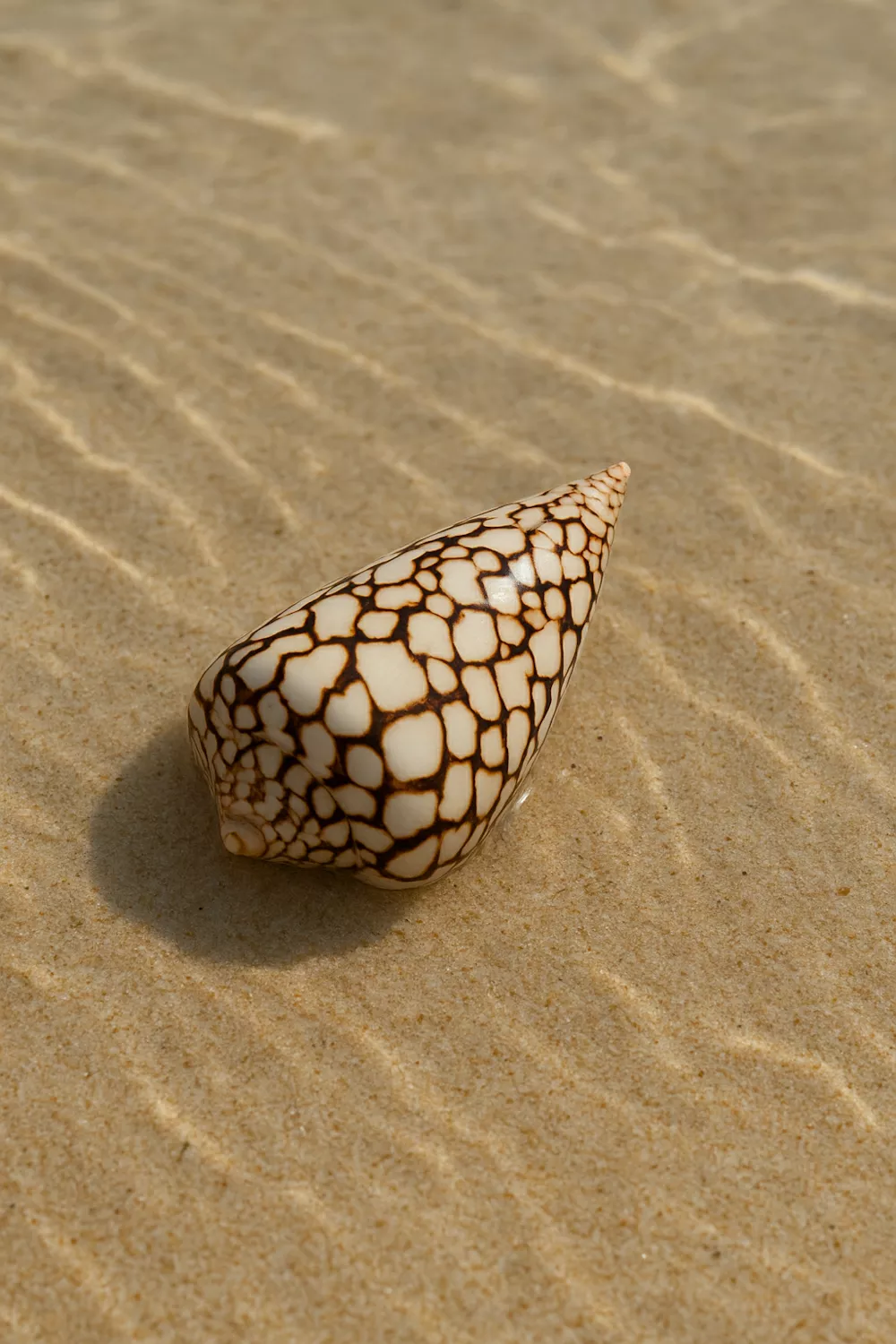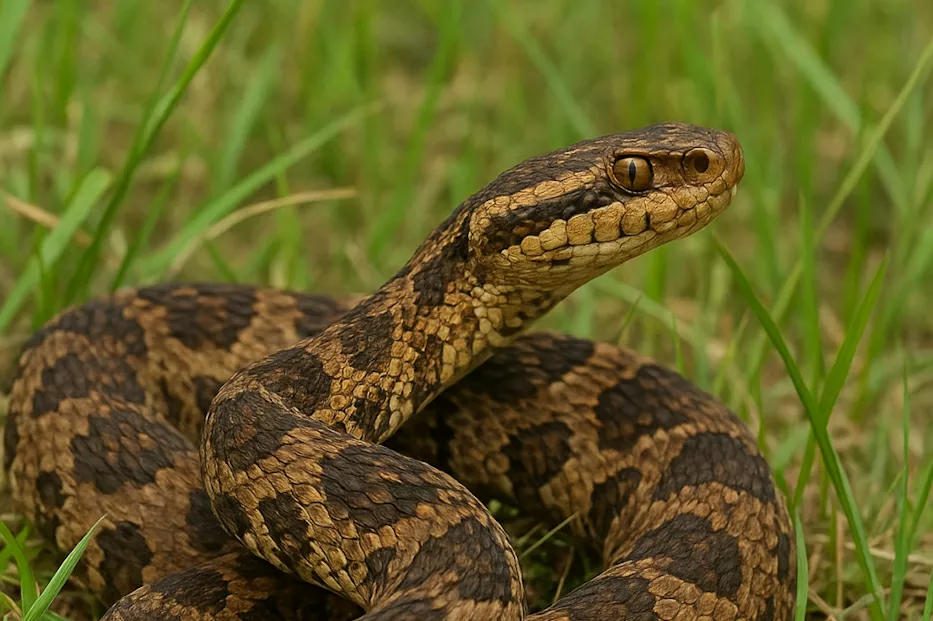Though encounters with dangerous animals in Japan are rare and fatalities even rarer, it’s always wise to know what to watch out for, especially if you’re planning to hike, swim, or explore off the beaten path.
While the country is renowned for its safety, modern cities, and peaceful countryside, its wild side is not to be underestimated. From venomous snakes hiding in rice paddies to jellyfish drifting through subtropical waters, Japan is home to a surprising range of animals that can pose a risk to humans.
Table of Contents
On Land: Creepy, Crawly, and Occasionally Dangerous
One of the most dangerous animals in Japan is the Asian giant hornet (Vespa mandarinia), the largest hornet in the world. Known locally as ōsuzumebachi, these aggressive insects can grow up to 4 cm in length and deliver a powerful sting that’s painful and potentially fatal to those with allergies. Most active from summer to autumn in forests and mountains, they should be avoided, especially near nests.
Venomous snakes are another concern in Japan. The most widespread is the mamushi (Gloydius blomhoffii), a small pit viper found throughout the main islands. Its bite can cause significant swelling, tissue damage, and in rare cases, death — prompt medical attention is essential.
More venomous still are the habu vipers, including the Okinawa habu (Protobothrops flavoviridis), Tokara habu (Protobothrops tokarensis), and hime habu (Ovophis okinavensis), all of which are found in the warmer Ryukyu Islands. These snakes are longer and more aggressive than the mamushi, making caution vital when trekking in southern Japan.
Also found throughout Japan is the tiger keelback (Rhabdophis tigrinus), a mildly venomous snake that absorbs toxins from the poisonous toads it eats and stores them in glands near its neck. Though not usually dangerous to humans, it is a fascinating (and bizarrely toxic!) example of Japan’s unique fauna.
Among mammals, the Japanese boar (Sus scrofa leucomystax) can be a real threat if cornered. Boars are found across Japan, particularly in mountainous and rural areas, and are known to occasionally wander into towns. Though shy by nature, they can be aggressive, especially when protecting their young.
Likewise, bears — the Ussuri brown bear (Ursus arctos lasiotus) in Hokkaido and the Asian black bear (Ursus thibetanus) in Honshu and Shikoku — generally avoid humans, but surprise encounters can lead to dangerous situations. Hikers in bear territory are advised to carry bells or bear spray and keep food properly stored.
Don’t forget the small stuff. The Japanese giant centipede (Scolopendra japonica) delivers an intensely painful bite that can cause swelling, fever, and, in some cases, allergic reactions. These aggressive arthropods are often found in dark, moist areas and can even enter homes during warmer months.
In the Sea: Beautiful but Deadly
Japan’s southern waters, especially around Okinawa, are home to the viper jelly (Chironex yamaguchii), whose translucent tentacles deliver venom capable of causing intense pain, cardiovascular distress, or even death. Though fatalities are rare, stings require immediate medical attention: vinegar is often used to neutralize the venom.
Another hazard in tropical waters is the sea krait (Laticauda spp.), a highly venomous but generally non-aggressive sea snake that may be spotted on beaches or swimming near coral reefs. Also lurking on the ocean floor is the stonefish (Synanceia verrucosa), one of the most venomous fish in the world. Its spines can cause excruciating pain and tissue damage if stepped on; wearing water shoes is a smart precaution.
Shell collectors should beware of the cone snail (Conus spp.), whose beautiful shell hides a venomous harpoon-like tooth. Though small, some species can deliver toxins powerful enough to paralyze or even kill. Admire from afar.

Final Tips for Staying Safe in Japan
When exploring Japan’s breathtaking landscapes, which range from snowy mountains to lush forests, it’s essential to stay vigilant and aware of your surroundings. Respecting wildlife and wearing appropriate gear for your activities are crucial for your safety. While encounters with hazards such as venomous snakes, bears, or insects are rare, they can happen. By taking precautions and being mindful, you can ensure a safe and memorable adventure in Japan.

